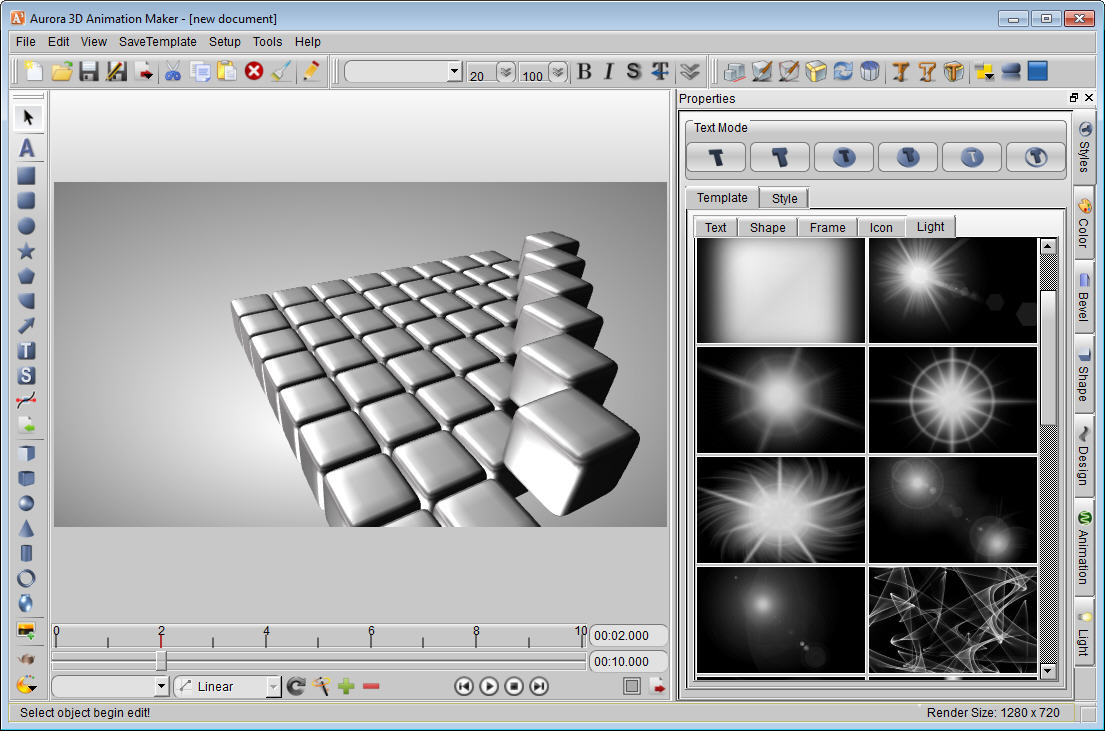

Beyond enabling students to make sense of the concepts and subject matter, this learning experience will also help students develop an understanding of themselves and their contexts, and the ways and situations in which they learn effectively. Students make connections to the challenge by activating their individual and collective prior knowledge and finding resources to make sense of the phenomenon they also engage in peer learning through small-group discussions and consolidate their learning through reflective writing. The aim of this subject is to trigger student learning with a problem which needs resolution. This is further reinforced by social theories of learning that advance the merits of social interaction in cognitive development. The principle of construct positions students as active knowledge seekers and co-creators who organise new relevant experiences into personal mental representations with the help of prior knowledge. The underpinning philosophy of PBL is that learning can be considered a “constructive, self-directed, collaborative and contextual” activity. Students are given the opportunities to problem-solve in a collaborative setting, create mental models for learning, and form self-directed learning habits through practice and reflection. Problem-based learning (PBL) is a pedagogical approach that enables students to learn while engaging actively with meaningful problems.

In addition to learning about photorealistic approaches, students will also have the opportunity to design, develop and explore bespoke stylistic visual approaches complimentary to photorealism. These assets and skills are applicable for a variety of applications such as film compositing set design, game level and world design and architectural visualisation. Students will learn scale-accurate 3D design principles and techniques specific to the creation of photorealistic 3D models and materials. This subject also explores a variety of approaches to designing and modelling both natural and manmade environments.
#3d photo animation online professional
This subject introduces a variety of professional hard surface modelling techniques common in a variety of complex 3D forms, along with a range fundamental modelling approaches such as geometry efficiency, polygon management manipulation. This subject focuses on continuing to develop a variety of different of modelling and 3D design skills suitable for the creation of photorealistic and animated visualisations.


 0 kommentar(er)
0 kommentar(er)
